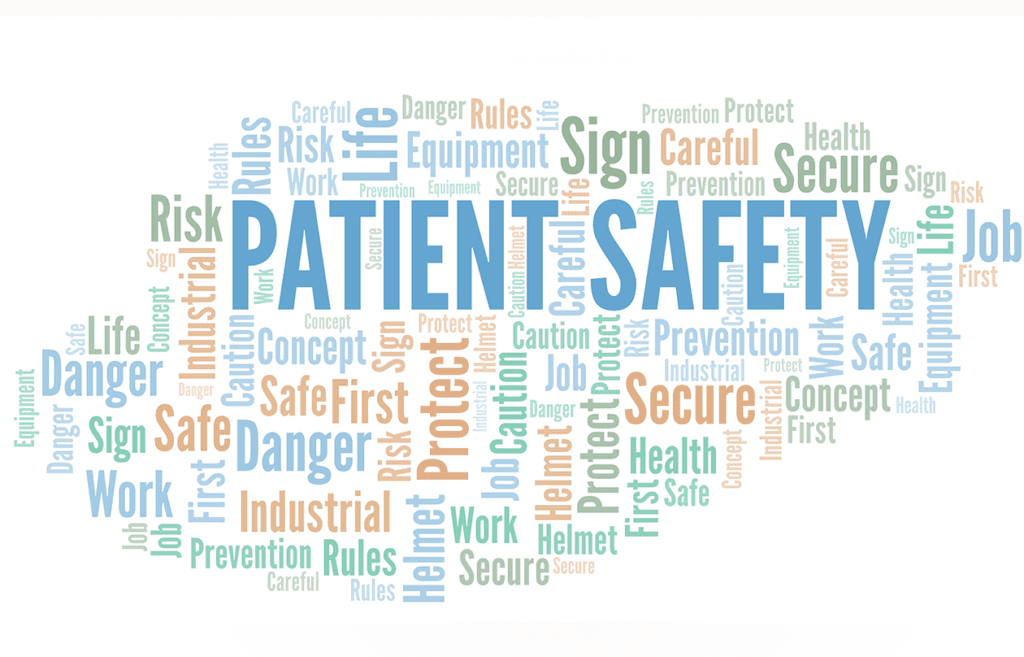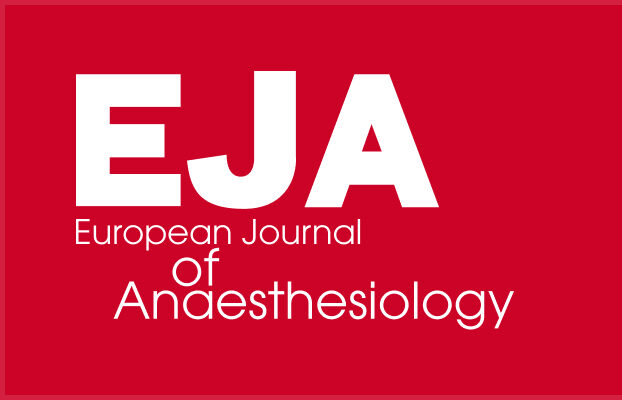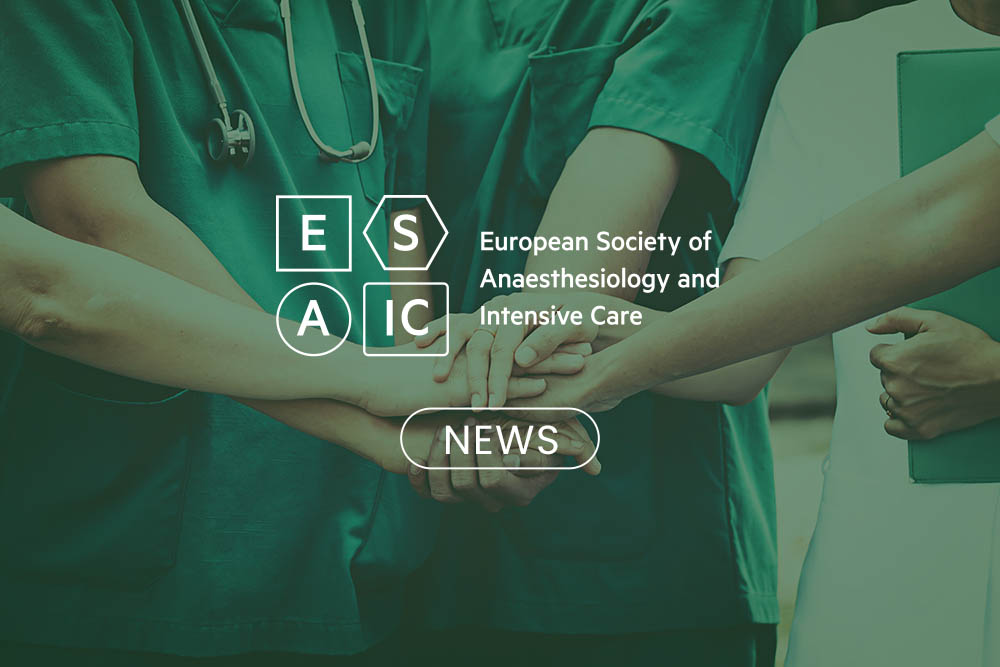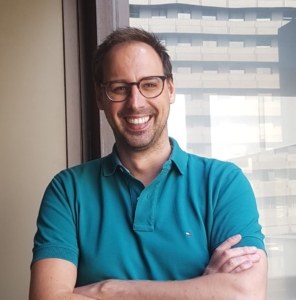Newsletter 2020
Third expert panel perspective on important and urgent issues in perioperative patient safety

Johannes Wacker, Mirka Cikkelova, Sven Staender
Let’s compare the idea of the Patient Safety Expert Meeting (PSEM) during Euroanaesthesia to a “Patient Safety Barometer”: The shared knowledge and experiences of these experts are used like barometer readings to consider the question: What are the most important and the most urgent current issues in perioperative patient safety? During Euroanaesthesia 2018 in Copenhagen, the ESAIC PSQC organized the third edition of this interdisciplinary meeting of clinicians, scientists and other stakeholders from all areas of the perioperative setting. Following the two successful previous editions,1,2 the meeting took advantage again of the presence of patient safety experts from most of these fields during Euroanaesthesia to convene an invitational moderated group discussion similar to a World Café3meeting. We present a summary of the contributions, the major themes of the debate, and some references for further reading.
A first line of discussion addressed the problem of workforce shortages in many hospitals – “the system is under pressure”, as one participant described the situation. Sometimes, not enough experienced staff anaesthesiologists are available for adequate supervision of junior doctors. Clinicians do not often have enough time to check and reappraise their clinical work. Besides physicians, other professional groups are affected by shortages as well, in particular nurses. In addition, administrative duties are shifted to clinicians that were formerly completed by secretaries. One participant remarked that sometimes employees are sent to attend courses when at the same time there are not enough staff in the hospital to properly accomplish the clinical work. Often, it seems unclear who takes the responsibility for carrying on with operational tasks when staffing levels are not adequate.
The conversation also explored the general importance of systems, and of systems learning. In order to improve the system, it is not enough to concentrate on the problems – sometimes we should stop and ask: are we doing the right thing to make change happen? Importantly, learning time is needed to adapt to new technologies and to new knowledge. Furthermore, providing feedback is crucial, and teams can decide to provide it deliberately. More generally, persistence in implementing a safety culture is fundamental to address local problems, for example prevailing blaming culture or lacking interest in receiving feedback. In the UK, as one participant added, 360-degree feedback is obligatory once a year. In addition to culture change, the role of training for keeping systems safe was emphasised, for example dedicated leadership training for young professionals, team training, and the importance of literally practicing the components of team work. As one participant remarked, anaesthesia should learn from music rather than from aviation, and rehearse continuously like an orchestra to be better prepared.
The discussion also focused on how improvement can be measured using quality indicators (QI). Ideally, QI should describe the whole pathway of the patient. ESAIC would be well positioned to call for the use of QI as a standard, and perhaps propose a core set of QI. However, only few NAS provide such indicators, and data collection could mean additional work for overloaded clinicians. Most indicators, then, are describing structures and processes instead of the more important outcomes. Indeed, many QI may not reliably describe clinician’s real life problems and the shortcuts they find – aspects that may be better captured using field studies.
An additional round of the debate explored patient safety issues perceived as particularly urgent. For example, using prefilled syringes, labeling, and standardisation (e.g., phenylephrine concentrations) may improve medication safety. A specific focus was on technology: ubiquituous use of capnography would be a safety advantage: The new WHO-WFSA guidelines4currently “highly recommend” single carbon dioxide measurements, but will “highly recommend” continuous waveform capnography as soon as robust, suitably priced devices are available – an urgent call upon manufacturers! Moreover, better use of existing technology could help to include patients more in their safety management – for example by using smartphones for patient education and data collection, or adopting telemedical patient assessment. However, technology as a tool should complement rather than replace the clinical view and the patient-clinician relationship. Other perceived priorities included distractions and noise resulting in cognitive overload and alarm fatigue, the need of improving the use of postoperative neuromuscular monitoring, and the need of more research about elderly patients. Furthermore, signs of increasing international recognition of patient safety are the inclusion of surgical and anaesthesia indicators into the World Bank Development Indicators,5 and the Tokyo Declaration on Patient Safety (April 2018, https://www.mhlw.go.jp/psgms2018/).6 Finally, there seems to be a secret epidemic of burnout, depression, and even suicide among anaesthesiologists. Despite limited data about its extent, this issue is recognised by international societies7,8. Summing up, the meeting highlighted that “things may still happen…”, that we should try to learn from what is happening outside, and that in order to take optimal care of our patients we should also remember to take care of ourselves.
The individuals listed below have approved the final summary and agreed to be listed as participants. Participants: Daniel Arnal, Paul Barach, Mark Coburn, Filippo Bressan, Peter Dieckmann, Adrian Gelb, Gabriel M. Gurman, Jan Hendrickx, Marc Leone, Paraskevi Matsota, Jannicke Mellin-Olsen, Doris Østergaard, Flavia Petrini, Beverly K. Philip, James H. Philip, Martin Ponschab, Benedikt Preckel, Richard Urman, Mark A. Warner, David Whitaker, Josef I. Wichelewski. Moderation: Johannes Wacker, Sven E.A. Staender. Organisation: Mirka Cikkelova.
Moderation: Johannes Wacker, Sven E.A. Staender. Organisation: Mirka Cikkelova.
References
- Wacker J. Important and urgent issues in perioperative patient safety – views of an expert panel. ESAIC Newsletter. 2017(68).http://newsletter.esaic.org/important-and-urgent-issues-in-perioperative-patient-safety-views-of-an-expert-panel/.
- Wacker J, Staender S. Important and urgent issues in perioperative patient safety – a second expert panel perspective. ESAIC Newsletter. 2018(75). http://newsletter.esaic.org/important-urgent-issues-perioperative-patient-safety-second-expert-panel-perspective/.
- MacFarlane A, Galvin R, O’Sullivan M, et al.. Fam Pract. 2016;pii: cmw104. [Epub ahead of print].
- Gelb AW, Morriss WW, Johnson W, Merry AF, Can J Anaesth. 2018.
- Raykar NP, Ng-Kamstra JS, Bickler S, et al. BMJ Glob Health. 2017;2(2):e000265.
- Flott K, Durkin M, Darzi A. T BMJ. 2018;362:k3424.
- Mion G, Libert N, Journois D.. Annales francaises d’anesthesie et de reanimation. 2013;32(3):175-188.
- Hyman SA, Shotwell MS, Michaels DR, et al.. Anesth Analg. 2017;125(6):2009-2018.









